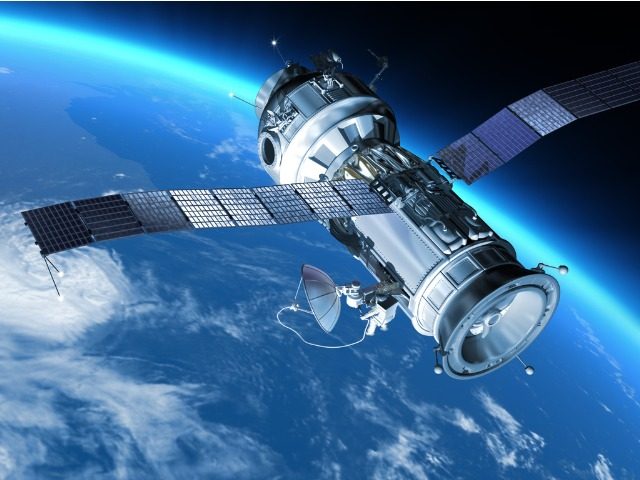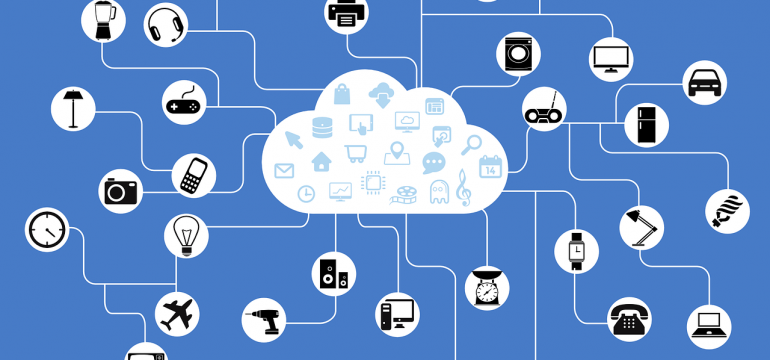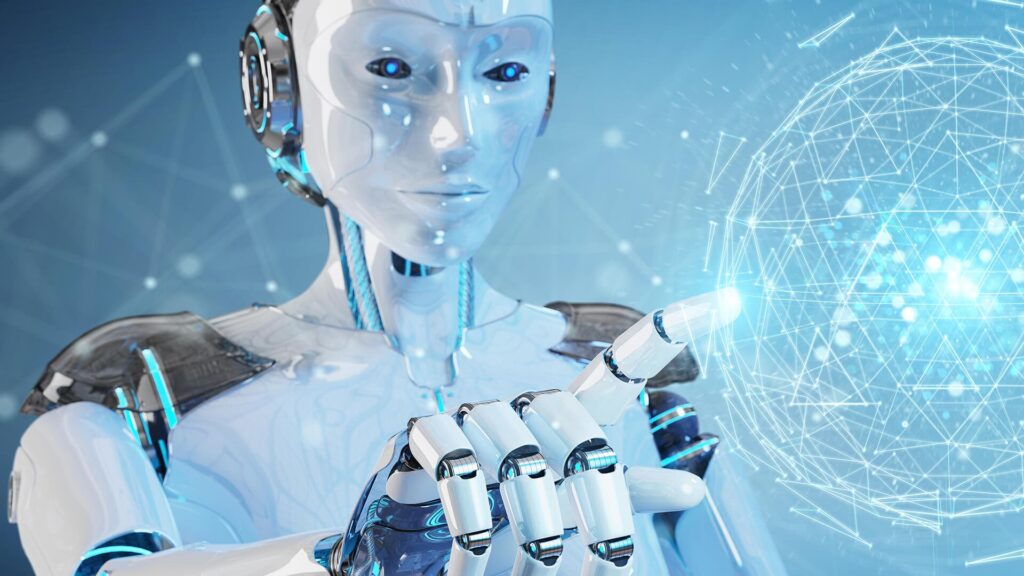Science and technology are the driving forces behind global progress, shaping every aspect of modern life. Science helps us understand the natural world through research and discovery, while technology applies this knowledge to create innovative solutions. Together, they fuel advancements in fields like healthcare, communication, space exploration, artificial intelligence, and environmental sustainability. As they evolve, science and technology continue to solve complex challenges, improve living standards, and transform societies worldwide, paving the way for a smarter, more connected future.
Space Science
Space science, the study of celestial bodies, cosmic phenomena, and the vast universe beyond Earth, has been a cornerstone of human curiosity and innovation. From the first steps on the Moon to the exploration of distant galaxies, space science continues to push the boundaries of what we know and how we live. Its influence extends beyond astronomy, shaping advancements in technology, communication, and even daily life on Earth.

New Innovation & Research
Artificial Intelligence (AI) & Machine Learning: AI is revolutionizing industries by enabling machines to learn from data, automate processes, and enhance decision-making. Applications range from self-driving cars to advanced diagnostic tools in healthcare.
Biotechnology & Genetic Engineering: Recent innovations in gene editing technologies like CRISPR have opened new possibilities in treating genetic disorders, improving crop yields, and advancing personalized medicine.
Renewable Energy Technologies: Research in solar, wind, and battery storage technologies is accelerating the transition to sustainable energy sources, reducing carbon footprints, and combating climate change.

Quantum Computing: Quantum research is paving the way for computers that can solve complex problems much faster than traditional systems, with potential applications in cryptography, materials science, and pharmaceuticals.
Health Innovation in technology
Artificial Intelligence (AI) in Healthcare: AI algorithms analyze vast amounts of medical data to assist in early disease detection, personalized treatment plans, and predictive analytics. AI is particularly effective in medical imaging, oncology, and drug discovery.
Robotic Surgery: Robotic-assisted surgeries offer precision, minimal invasiveness, and faster recovery times. Surgeons can perform complex procedures with enhanced accuracy, reducing risks associated with traditional surgery.
Electronic Health Records (EHRs): EHR systems streamline patient data management, improving the accuracy and accessibility of medical records. This facilitates better coordination among healthcare providers and enhances patient safety.
Information Technology
Data Management and Analytics: IT enables the collection, storage, and analysis of vast amounts of data. Big Data analytics helps organizations make informed decisions, identify trends, and optimize operations across sectors like healthcare, finance, and marketing.
Cloud Computing: Cloud technology allows for the storage and access of data and applications over the internet, providing scalability, flexibility, and cost-efficiency. It supports remote work, collaboration, and business continuity.
Cybersecurity: With the increasing reliance on digital platforms, cybersecurity has become critical. IT professionals develop security protocols to protect sensitive information from cyber threats, ensuring data integrity and privacy.
Artificial Intelligence (AI) and Machine Learning: IT powers AI and machine learning applications, enabling systems to learn from data, automate tasks, and enhance decision-making processes. These technologies are revolutionizing industries such as healthcare, finance, and autonomous vehicles.
Networking and Connectivity: IT supports global communication through advanced networking technologies like 5G, the Internet of Things (IoT), and wireless connectivity. These innovations facilitate real-time data sharing and seamless communication.
Internet of things (IOT)
Smart Homes and Cities: IoT enables smart home technologies like automated lighting, security systems, and energy management. In smart cities, IoT improves traffic management, waste control, and environmental monitoring, creating sustainable urban environments.
Healthcare Innovation: IoT-driven medical devices, such as remote patient monitors and wearable health trackers, provide real-time data for improved patient care, early diagnosis, and personalized treatment plans.
Industrial Automation (IIoT): In manufacturing, the Industrial Internet of Things (IIoT) optimizes production lines, reduces downtime, and enhances predictive maintenance. Sensors and connected machines improve operational efficiency and safety.

Agriculture and Environmental Monitoring: IoT supports precision agriculture through soil sensors, weather monitoring, and automated irrigation systems. It also aids environmental conservation by tracking air quality, water levels, and wildlife movements.
Robotic Technology
Key Technologies Driving Robotics
Artificial Intelligence (AI): AI has enabled robots to process information, make decisions, and perform tasks autonomously. Machine learning, a subset of AI, allows robots to improve their performance over time by learning from experience and data, making them smarter and more adaptable.
Sensors and Vision Systems: With sophisticated sensors, robots can interact with their environments in a highly responsive and accurate way. Vision systems, often powered by machine vision and deep learning algorithms, enable robots to ‘see’ and interpret their surroundings, making them capable of performing intricate tasks like surgery or sorting items on a conveyor belt.
Automation and Precision: Robotics has revolutionized the manufacturing industry by enabling automated assembly lines that operate with high precision and minimal human intervention. Tasks such as welding, painting, and packaging are now performed by robots, increasing the speed and quality of production.

Collaboration and Human-Robot Interaction: Collaborative robots, or cobots, are designed to work alongside humans. These robots have advanced safety features that allow them to work safely in close proximity to human workers, making them ideal for industries like logistics, healthcare, and research.
